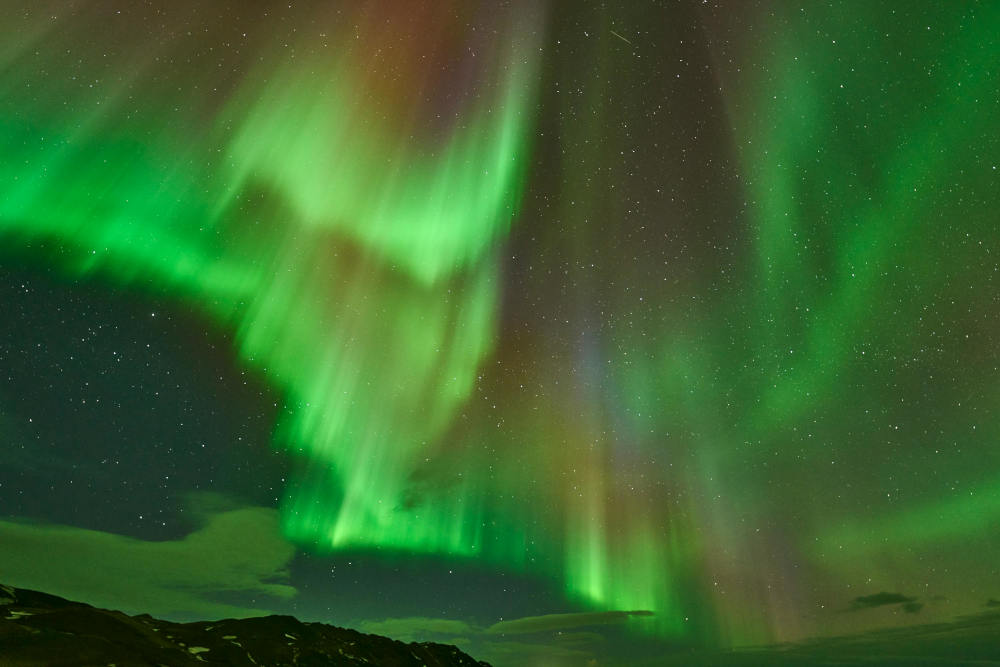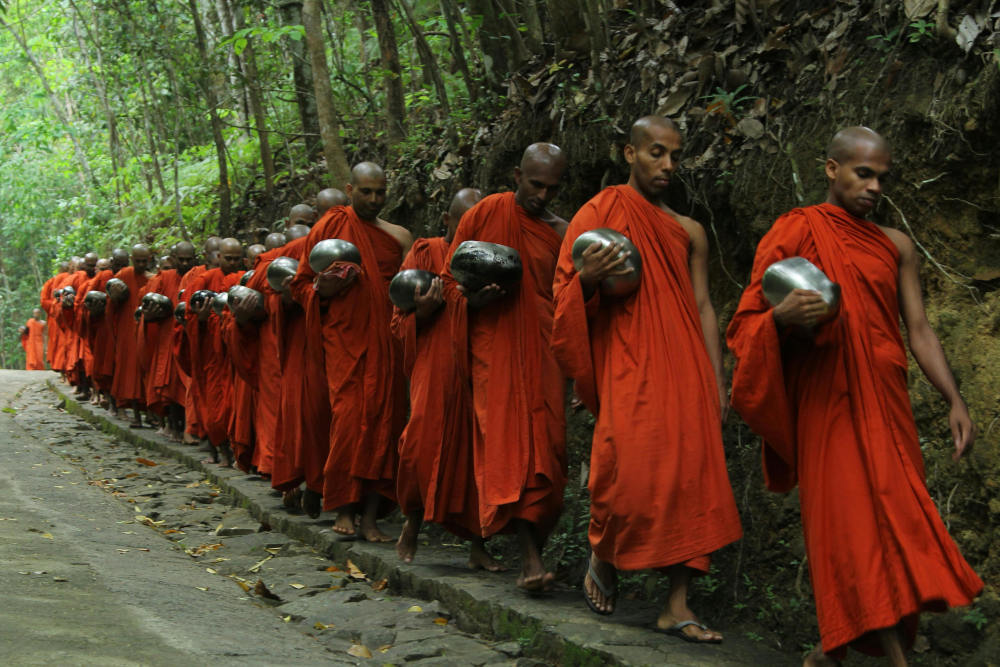
Humanity has always been curious about what lies beyond. We explore oceans, climb mountains, reach for the stars, and dive into the quantum realm—all to understand the mysteries of existence. In modern cosmology and metaphysics, one of the grandest concepts is the omniverse—a term used to describe the totality of all universes, multiverses, and realities. But what happens when we ask the next big question: what is beyond the omniverse?
This question challenges not only physics and philosophy, but our very understanding of reality itself. To even speculate about what lies beyond the omniverse, we must first understand what the omniverse actually is—and then go one step further into the unknown.
The Structure of the Omniverse
To imagine what’s beyond the omniverse, we need to break down the hierarchy of realities as currently theorized:
-
Universe – Our known reality; the observable cosmos containing galaxies, stars, planets, and life.
-
Multiverse – A collection of multiple universes, each potentially with different laws of physics, dimensions, and timelines.
-
Metaverse – A grouping of multiverses, including all parallel and alternate realities. Sometimes this is used in sci-fi to describe digital or virtual spaces, but in cosmology, it’s a tier above the multiverse.
-
Xenoverse – A term sometimes used in metaphysics to describe realities so foreign they don’t obey any known laws or structures of reality.
-
Omniverse – The sum of all universes, multiverses, timelines, dimensions, and possibilities—every conceivable and inconceivable form of existence.
The omniverse, by definition, is “all that exists.” It includes everything science, philosophy, spirituality, and imagination can grasp—and beyond. So how can there be something beyond that?
Let’s dive into the theories that attempt to answer this paradox.
Theory 1: The Void Beyond All Realities
One of the most mind-bending ideas proposed by metaphysical thinkers is that beyond the omniverse lies The Absolute Void—a state of pure nonexistence. This isn’t just empty space; it’s the absence of space, time, form, and even thought. It is not “something” or “somewhere.” It is the ultimate nothingness—beyond even the concept of nothing.
This void could be:
-
The source from which all existence emerged.
-
The reset button for existence when everything collapses.
-
A realm unreachable by any form of matter, energy, or consciousness.
Some mystics refer to this as the Womb of Creation—the silent stillness before the first vibration or word brought reality into being. In Hinduism, this concept parallels the idea of Brahman Nirguna—God without attributes, beyond form and function.
In scientific terms, we may never detect such a state because it defies measurement and observation. Yet, in paradoxical fashion, it may be the ground zero of everything.
Theory 2: The Omniverse Is a Simulation
Another growing theory in science and tech circles is that reality itself may be a simulation. If the omniverse is simulated, then what lies beyond it could be:
-
The Source Consciousness running the simulation.
-
An alien intelligence or transcendent being that built the system.
-
A higher-dimensional reality where our “all” is just a layer in their infrastructure.
This idea posits that our omniverse is merely a “sandbox” environment within a much grander reality. That grander reality might obey totally different laws and could even have its own version of an omniverse—suggesting a stacked hierarchy of realities.
In this view, “beyond the omniverse” is like stepping outside the computer into the programmer’s lab. It invites the question: Who or what is the programmer?
Theory 3: Consciousness as the True Beyond
Philosophers and spiritual traditions often place consciousness at the center of all existence. Some suggest that what lies beyond the omniverse isn’t a place—it’s a state of pure awareness.
This leads to ideas such as:
-
Universal Consciousness – A boundless, formless intelligence that dreams all realities into being.
-
Source Energy – Infinite creative potential, from which all manifestations arise.
-
The Divine Mind – A higher order of intelligence, beyond space, time, and logic.
In this model, the omniverse is just the playground of consciousness. What lies beyond it is not more “stuff” but a return to the source—a merging with the observer, the dreamer, the thinker behind it all.
Mystics, sages, and meditators across cultures—from Buddhism and Taoism to Sufism and Gnosticism—often describe this state as oneness, enlightenment, or union with the divine.
Theory 4: Infinite Stacking and Fractal Realities
Another possibility is that the omniverse is not the top layer of reality but simply one layer of an endless fractal. Like a cosmic nesting doll, each omniverse is contained within a larger system that follows entirely different rules. This leads to the idea of:
-
Hyperverse – A realm of many omniverses.
-
Megaverse – A limitless expanse containing hyperverses.
-
Transcendental Realms – Realities beyond logic and reason, perhaps shaped entirely by consciousness or unknown forms of energy.
In mathematics and chaos theory, fractals are self-repeating patterns at every scale. If reality is fractal in nature, then there may never be a “final” level—only increasingly complex and abstract layers of existence. What we call the “omniverse” may be a small cell in a much vaster organism.
Theory 5: Beyond Words and Imagination
Ultimately, it’s possible that whatever lies beyond the omniverse is incomprehensible. Our minds evolved to survive in a physical universe, not to understand ultimate reality. There may be realms, states, or principles that we can never grasp because they lie outside the limits of cognition, language, and logic.
In this sense, the “beyond” isn’t just unknown—it’s unknowable.
And yet, humans have always tried to grasp the ungraspable. Through dreams, art, music, meditation, and science, we reach toward it. Perhaps the value lies not in fully understanding what’s beyond the omniverse, but in the journey of wondering—of expanding our minds to embrace more than the eye can see.
Final Thoughts: The Mystery Itself Is the Answer
Asking “what lies beyond the omniverse” is a deeply philosophical and spiritual question. It touches on the limits of human knowledge and the mystery at the heart of existence. Whether the answer is nothingness, pure consciousness, a higher simulation, or something else entirely, the question itself invites humility.
In a way, the very act of asking opens a door within us—to imagination, to introspection, and to a broader sense of who we are in the grand cosmic tapestry.
The omniverse may be vast, but the mind that can ask what lies beyond it is perhaps even more powerful. It’s the spark of infinite curiosity, reaching for something greater—not to conquer it, but to stand in awe of it.
Sources and Further Reading:
-
Max Tegmark, “Our Mathematical Universe”
-
Brian Greene, “The Hidden Reality”
-
Bernard Haisch, “The God Theory”
-
Ervin Laszlo, “Science and the Akashic Field”
-
Mystical texts from Vedanta, Buddhism, Sufism, and Gnostic writings
-
Research on Simulation Theory (Nick Bostrom, Elon Musk, etc.)
-
Fractal and chaos theory as models of reality
Was this article helpful to you? Please tell us what you liked or didn't like in the comments below.
About the Author: Alex Assoune
What We're Up Against
Multinational corporations overproducing cheap products in the poorest countries.
Huge factories with sweatshop-like conditions underpaying workers.
Media conglomerates promoting unethical, unsustainable products.
Bad actors encouraging overconsumption through oblivious behavior.
- - - -
Thankfully, we've got our supporters, including you.
Panaprium is funded by readers like you who want to join us in our mission to make the world entirely sustainable.
If you can, please support us on a monthly basis. It takes less than a minute to set up, and you will be making a big impact every single month. Thank you.































0 comments